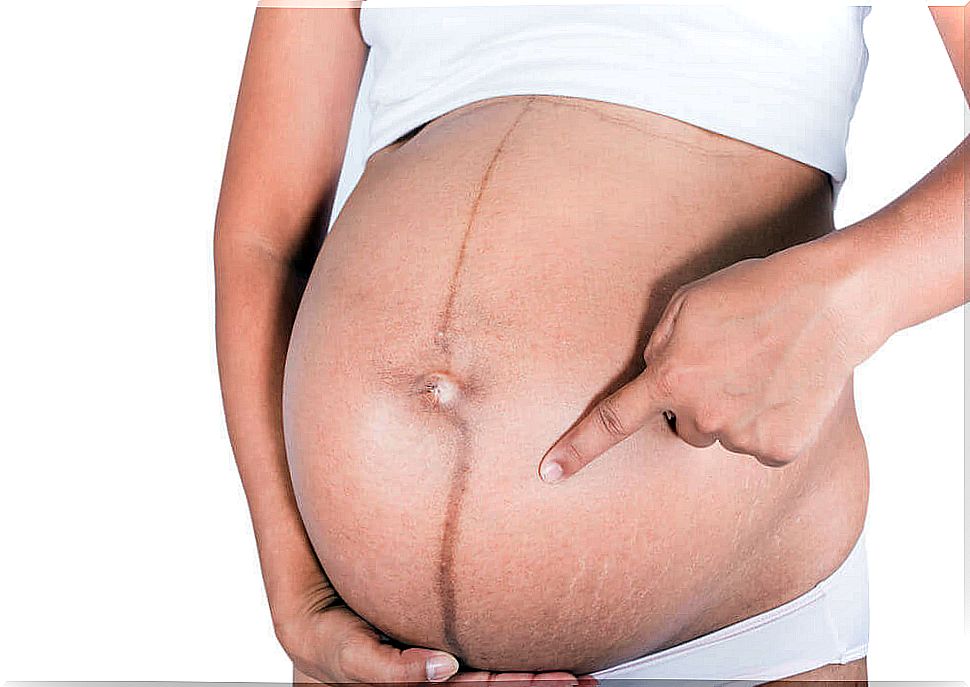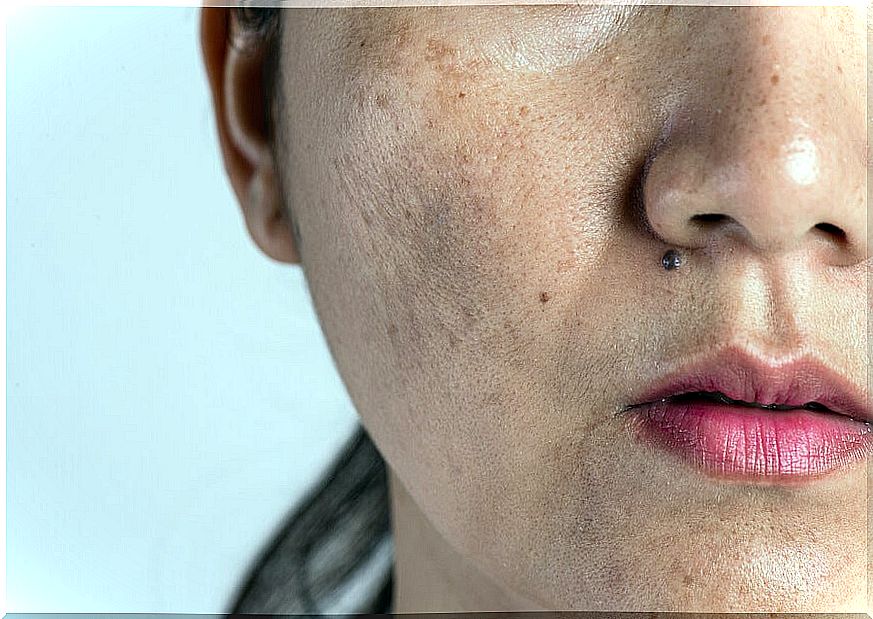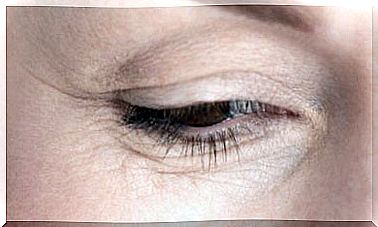Skin Changes During Pregnancy
Changes in the skin during pregnancy are caused by the alteration of hormonal activity and blood circulation. Often the concern of most pregnant women is the appearance of stretch marks; However, beyond this, spots, changes in hue, acne, among other skin problems can occur.
According to information published in the Journal of the American Academy of Dermatology , these changes are normal and do not put the mother or fetus at risk. However, as far as aesthetics are concerned, they are considered significant and, in fact, some prefer to seek solutions with the dermatologist. Next, we tell you more about it.
Why do skin changes occur in pregnancy?
The placenta acts as a hormonal organ and produces an increase in adrenal and pituitary activity. In addition to the function of the endocrine glands of the fetus, it causes an increase in corticosteroids, an accelerated metabolism and an elevation in the levels of progesterone and estrogen, hormones responsible for changes in the skin during pregnancy.
Skin changes during pregnancy
The most frequent skin changes during pregnancy are considered benign and pose no risks beyond the aesthetic. However, as an article published in American Family Physician explains , there are pre-existing skin diseases, as well as specific dermatoses of pregnancy that do require vigilance due to the risks they carry.
Considering the above, it is best to consult a doctor or dermatologist in the event of any skin abnormality. It should be the professional who determines if it is a symptom without relevance or, if on the contrary, it requires intervention. Let’s take a look at some common changes in detail.
Stretch marks
Most occur in the abdomen area. They are most noticeably seen in the third trimester of pregnancy. They can be located on the breasts, hips, and buttocks. These stretch marks appear as the pregnancy progresses and the weight increases.
They can be pink or purple in color. After giving birth, they fade and will no longer be as noticeable. However, in some cases, they do not go away completely. For this reason, it is important to prevent or treat them at the right time.
Its appearance will depend on the type of skin, its elasticity and family history. Indications to reduce the chances of developing stretch marks include, mainly, the following:
- Avoid excessive weight gain during pregnancy.
- Increase the daily application of moisturizing cream to promote elasticity.

Skin tags or soft fibroids
They are small pedunculated papules, sometimes elongated, brown or the color of the skin, which usually appear in the folds of the neck, armpits or the submammary area, from the second trimester. Many can disappear during the puerperium.
Hyperpigmentation
It is usually seen in women with dark skin and hair. The linea alba (located in the middle of the abdomen, vertically, from the pubic symphysis to a few centimeters above the navel), the periumbilical area, the external genitalia and the areolas are more intensely pigmented.
From the fifth month, an enlargement of the color of the mammary areola appears, called secondary areola. Brown or yellowish spots can be seen on the forehead, cheeks, nose or upper lip. This is called a pregnancy mask or chloasma.
To avoid these changes in pigmentation, it is recommended not to expose yourself to the sun for long periods of time, use a sunscreen with a high protection factor (50 SPF), a hat and clothing that protects the skin. In the months after delivery, these lesions may fade and improve, but some women are left with small freckles.
All these changes in pigmentation are the product of the hormonal alteration that takes place during pregnancy, which stimulates in a timely manner the production of melanin, responsible for giving color to hair, skin and eyes.
In a study published in the International Journal of Dermatology , pigmentation changes were the most evident in patients. Some women may notice an increase in the size, number, and activity of their moles. They tend to darken and enlarge. If they do present bleeding, it is advisable to go to the dermatologist as soon as possible.

Vascular changes
During pregnancy, blood volume increases, vascular dilation occurs, capillary permeability increases, and there is new vasculature. These changes in the circulation are responsible for the appearance of edema of the limbs, varicosities, palmar erythema and ruby points or telangiectasias. To improve it, the following is recommended:
- Wear elastic stockings.
- Raise your legs.
- Avoid spending a lot of time on your feet.
- Maintain a healthy and balanced diet.
- Consume water.
- Do moderate physical exercise.
Most of these skin changes disappear in an estimated time of 6 months to a year. If they remain longer, they can be treated with measures recommended by the dermatologist.
Acne
This condition is common during pregnancy because the sebaceous glands of the skin are stimulated and increase their production of sebum. It arises in any trimester of pregnancy and can be mild, moderate or severe.
Cutis marmorata
It is a bluish mottled discoloration of the skin that can occur during pregnancy. Predominantly in the legs, during exposure to cold. It usually subsides in the puerperium, if not, other causes should be ruled out.
Brightness
During pregnancy the skin looks brighter. This is due to two main factors; first, the stimulation of the sebaceous glands, with the consequent increase in sebum production. On the other hand, the increase in blood flow in the epithelium, which causes more oxygenation of the skin cells.
Taking care of the skin in pregnancy is important
Although most skin changes are considered normal during pregnancy, it is important to maintain a routine of care, which includes the use of special products. Fortunately, there are many treatments available today designed to protect the skin at this stage. In addition, it will always be convenient to visit the dermatologist.







